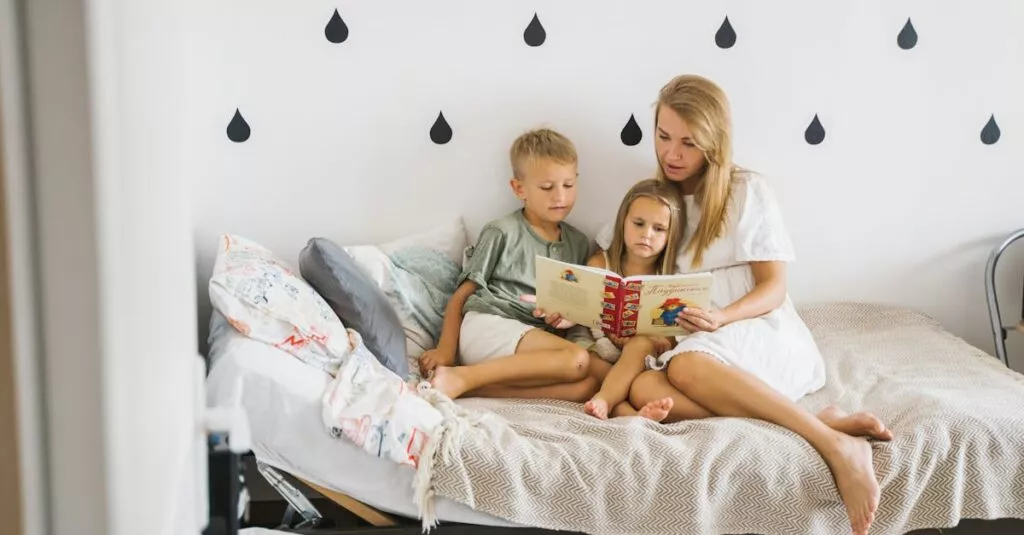Understanding Preschool Emotions
Preschoolers are little balls of emotions—anger, happiness, jealousy—you name it! They often struggle with big feelings, especially when dealing with siblings and friends. Understanding their emotional world helps foster a nurturing environment for teaching forgiveness.
For instance, when little Timmy’s tower gets knocked over, those tears are a genuine expression of his disappointment. Empathize first; saying, “I see you’re upset because your tower fell,” helps them feel heard. When they feel understood, it’s easier to introduce concepts like forgiving and moving on.

Simple Forgiveness Activities
Kids thrive on activities, so why not make forgiveness a part of playtime fun? Simple activities like role-playing with toys can work wonders. Create scenarios where one toy hurts another, and guide your child in making the hurt toy forgive. The more creative, the better! Use games like ‘Forgiveness Hide and Seek’—hide notes with forgiving messages for them to find around the house. These activities make forgiveness tangible, and suddenly, saying ‘sorry’ isn’t so hard anymore.
 I hope you find these forgiveness activities useful for teaching your kids the importance of forgiveness in a fun and engaging way.
I hope you find these forgiveness activities useful for teaching your kids the importance of forgiveness in a fun and engaging way.
Modeling Forgiveness at Home
Children learn by watching. If parents model forgiveness, it becomes second nature for kids. When you have a disagreement at home, make it a teaching moment. Apologize sincerely and explain your feelings. For example, “I’m sorry I got angry when you made a mess; I was stressed about work.” Such gestures show kids that everyone makes mistakes and that it’s okay to admit them. It’s also crucial to show forgiveness when they do wrong. Remember, actions speak louder than words!

Encouraging Reconciliation
Encouraging reconciliation involves more than just waiting for them to say ‘sorry’. It’s about ensuring they understand and feel the genuine intention behind apologies.
Teach them to communicate effectively by using ‘I’ messages, like “I felt sad when you took my toy.” This makes it personal and understandable.
Create a peace corner in your home where kids can go and calm down. Let them come up with ways to make it right with their friends or siblings. This process builds empathy and emotional intelligence.

Using Stories to Teach
Stories are magical, aren’t they? Children absorb so much from them. Use books and tales that highlight forgiveness and reconciliation. Classic tales like ‘The Lion and The Mouse’ or modern favorites like ‘The Forgiving Book’ can ignite meaningful discussions.
After reading, discuss the characters’ feelings and how they handled situations. Ask questions like, “What could the mouse have done if the lion didn’t forgive him?” These conversations can be powerful tools for understanding deeper emotions and practicing forgiveness in real life.

Dealing with Setbacks Positively
Setbacks are inevitable. Your child will forget to apologize or refuse to forgive at times—it’s all part of the learning curve. Encourage a positive approach by acknowledging these setbacks without judgment. Remind them gently and keep the lines of communication open. Say things like, “It’s okay to feel angry, but remember how much better you felt when you forgave last time?” Celebrate the small wins in their forgiveness journey. Share personal stories of times you struggled but eventually found peace through forgiveness. This connection can inspire them to keep trying.

